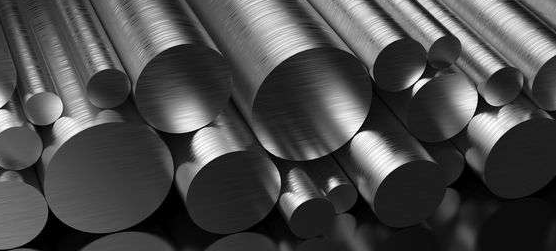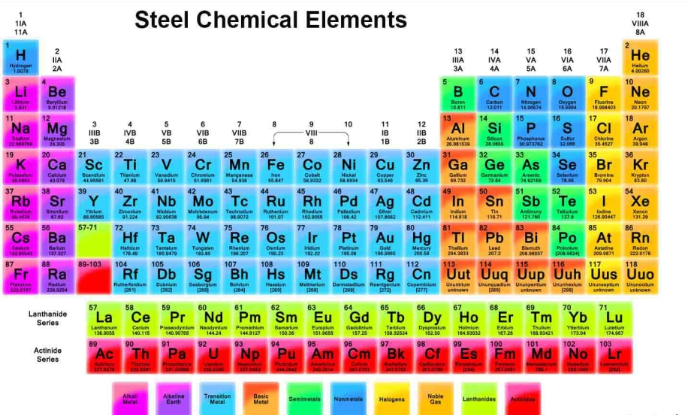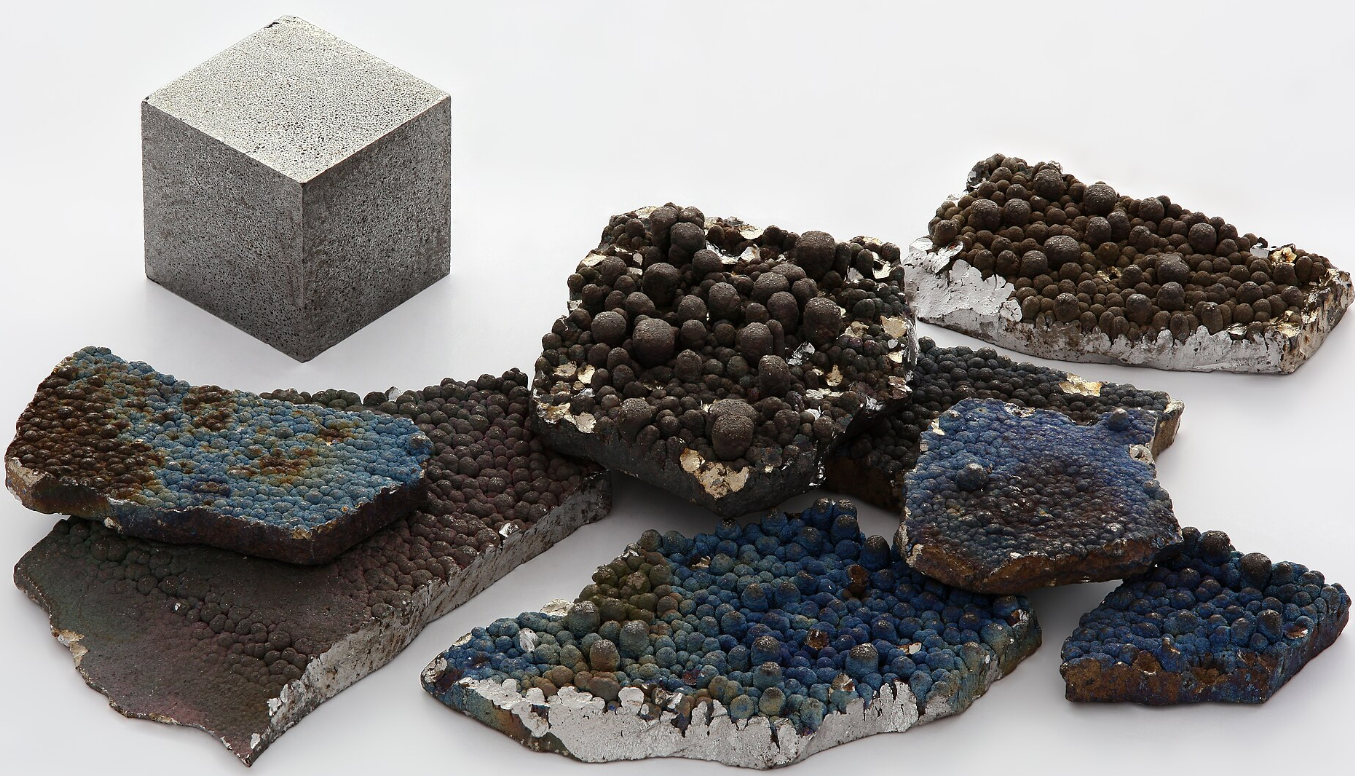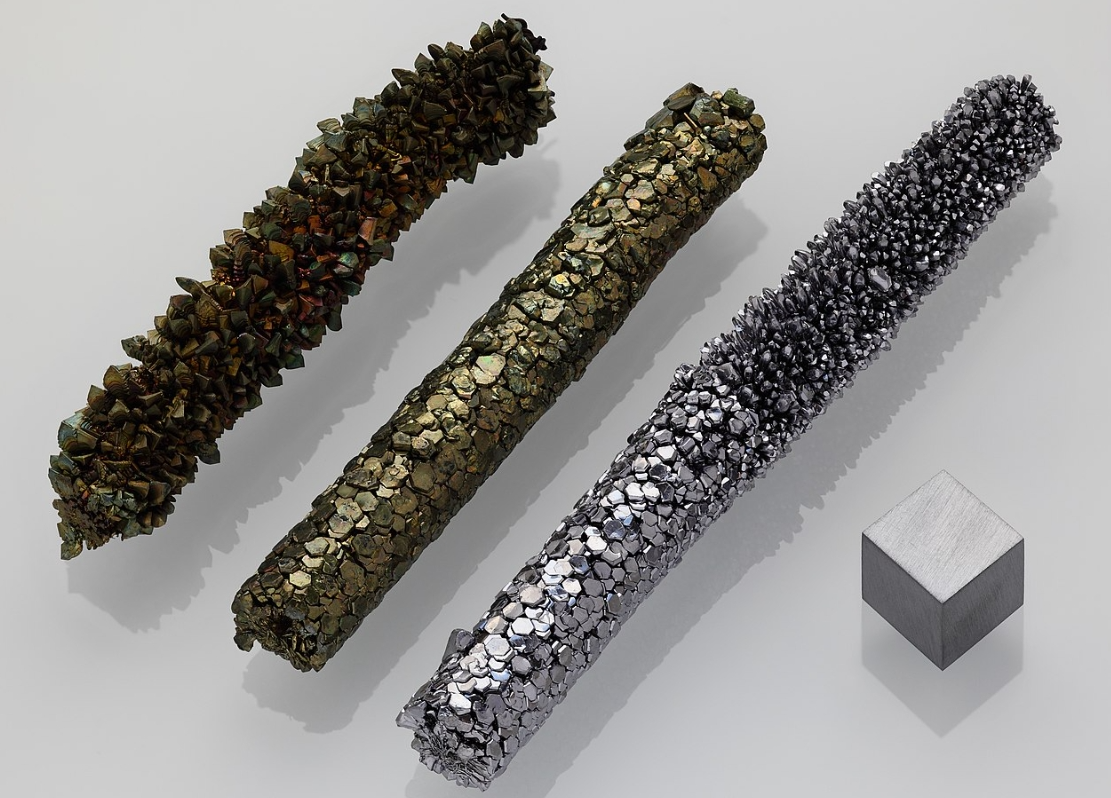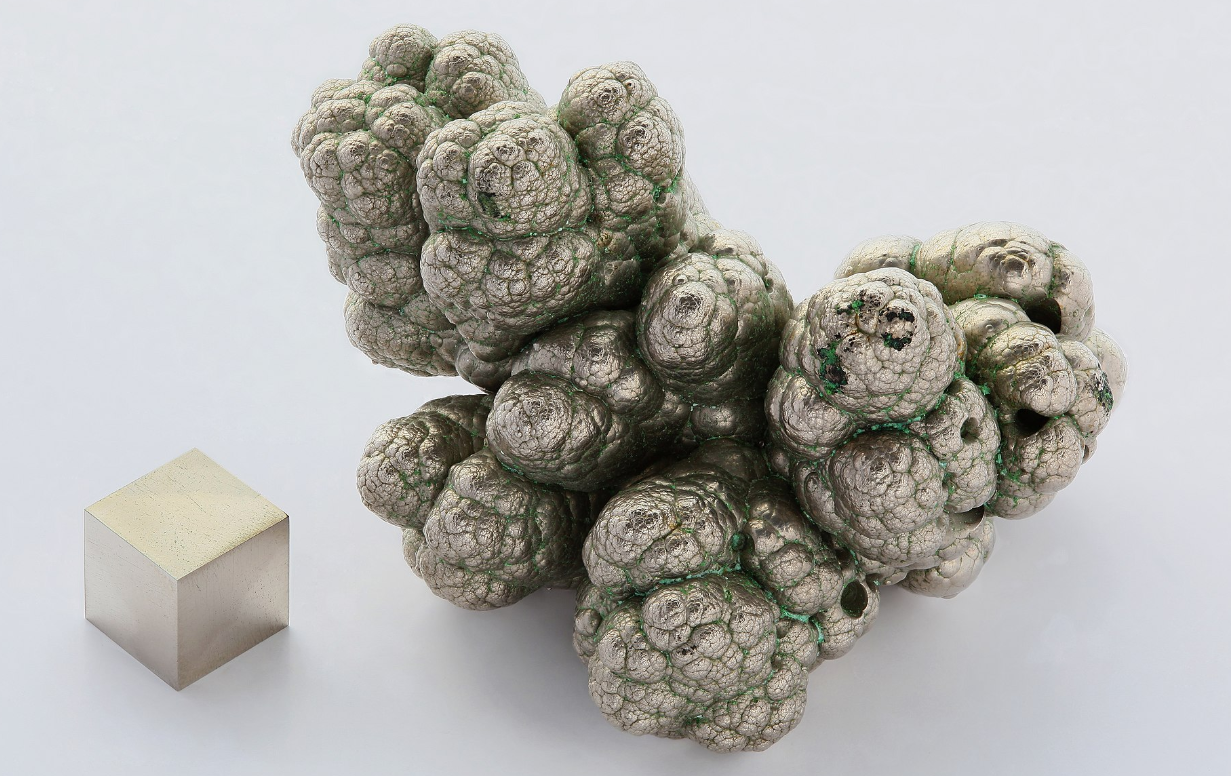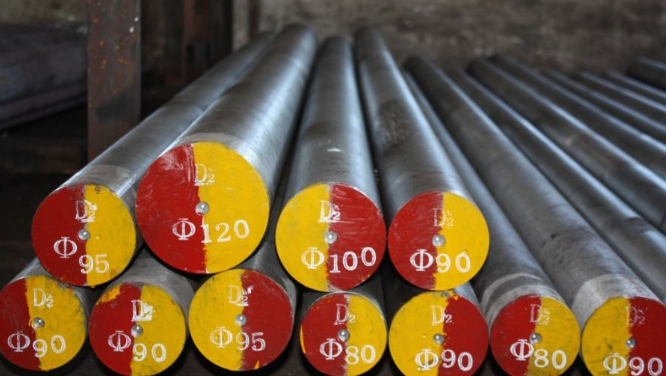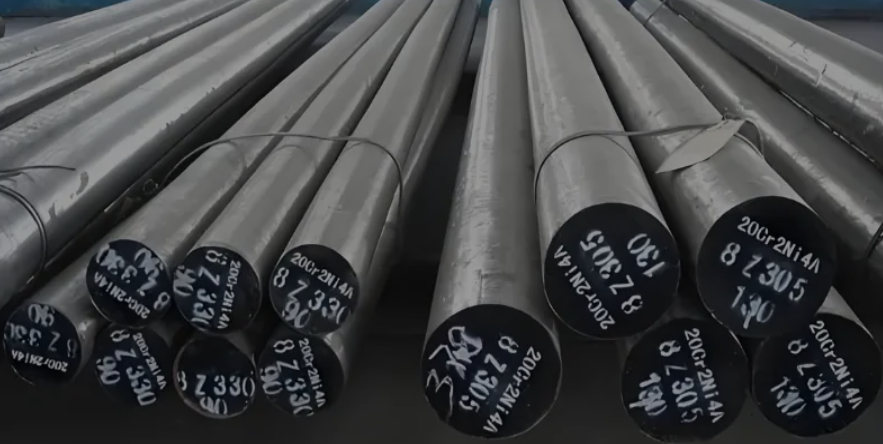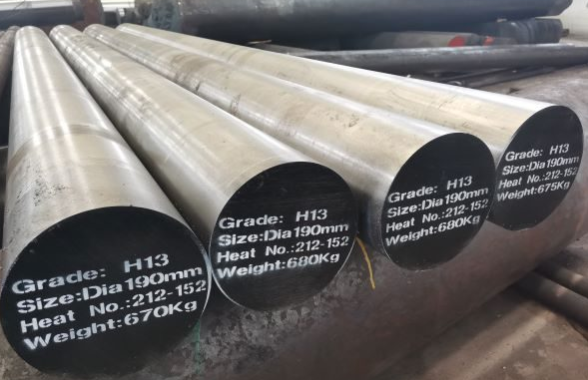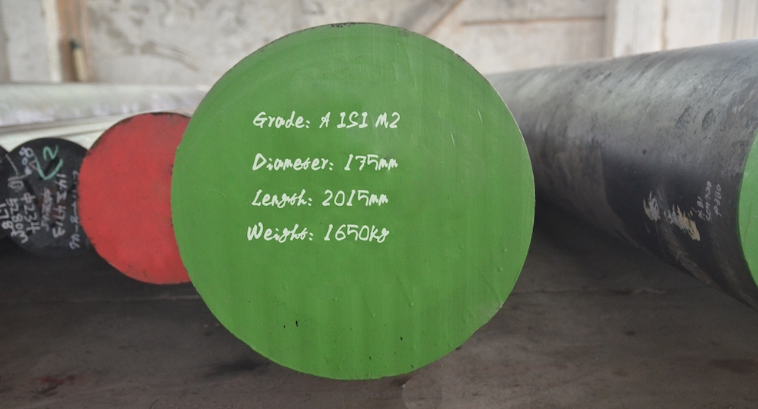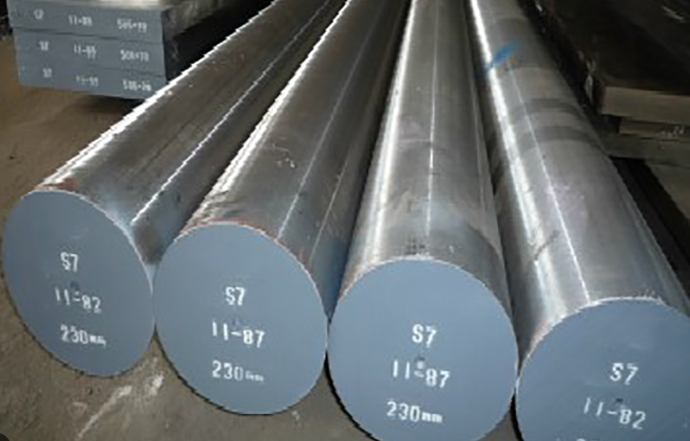Tool steel is a strong, durable material used in tough industrial tasks. What makes it special? The combination of elements give it hardness, wear resistance, and heat tolerance. Want to know how these steels are made and what makes them unique? Let’s find out!
Chemical Composition of Tool Steel
Tool steels are made with a special mix of elements,to improve their performance in different tasks. The exact composition may vary based on the grade, but you’ll usually find a combination of key elements. These elements help increase durability, strength, and heat resistance.
Carbon (0.5-1.5%):Carbon is essential in tool steel. It affects the steel’s hardness and strength.It affects the hardness and strength of the steel. For example, AISI S2 tool steel is designed for specific uses. Its carbon content is 0.40-0.55%.From my experience with different steels, I’ve found that the amount of carbon directly impacts the steel’s performance. If there’s too little carbon, the steel won’t be hard enough. If there’s too much, it can become brittle.The right carbon content ensures the steel is durable and reliable, making it perfect for tools that endure heavy use.
Manganese (0.30-0.50%):Manganese is important for making steel stronger and harder. It increases the material’s ability to endure significant stress and pressure, contributing to its durability across various applications.
Silicon (0.90-1.20%):Silicon is important in steel production. It helps prevent oxidation and improves the steel’s properties. It makes the steel stronger, more elastic, and more resistant to acids. When making AISI S2 tool steel, silicon becomes even more important.In my experience, adding small amounts of silicon to the alloy can improve tool performance in high-stress environments. For example, tools in corrosive conditions last much longer because of the added silicon. This shows how crucial silicon is in steel manufacturing.
Molybdenum (0.30-0.60%):Molybdenum improves the hardenability, wear resistance, and strength of tool steels. I’ve worked with AISI S2 before, and it performs well in heavy-duty applications, especially at high temperatures. Adding molybdenum makes the material more durable and reduces wear with repeated use. In manufacturing processes where precision and durability matter, tools made from molybdenum-enhanced steels last longer. This reduces maintenance costs and boosts efficiency.
Vanadium (up to 0.50%):Vanadium helps improve the hardness and strength of tool steel by forming strong carbides. This increases yield strength and makes the material more resistant to wear and deformation. From my experience working with tool steels, I’ve seen how vanadium boosts the performance of materials used in high-stress environments, like cutting tools and dies. For example, AISI S2, which contains up to 0.50% vanadium, is known for its toughness. It is often used in tools that need both high strength and wear resistance, such as impact-resistant tools.
Nickel (<0.30%):Nickel, even in small amounts, plays an important role in improving tool steels. It boosts their strength, toughness, and resistance to impact. Based on my experience with different steels, I’ve seen that adding nickel makes a noticeable difference. For example, tools made with nickel-enriched steel last longer in high-stress conditions. It’s not just a theory—I’ve observed how nickel makes tools more durable, leading to fewer replacements and better performance.
Other Key Elements in Tool Steel
Chromium (3-5% or higher): Chromium is especially important in hot work tool steels like AISI H13. It gives excellent resistance to heat and wear.
Tungsten (9-18%): High-speed tool steels often contain tungsten, improving heat resistance and making them ideal for high-performance tools.
Cobalt (around 8.25%): In some high-speed steels, cobalt boosts strength and hardenability at high temperatures, like in PM M42.
Phosphorus and Sulfur (<0.03%): These elements are kept low to avoid negative impacts on the steel’s properties.
Other Elements: Tool steels can also contain small amounts of boron, niobium, and aluminum, which improve hardenability, machinability, and grain size control.
Unique Characteristics of Tool Steel
Tool steels are often overlooked in the industrial world, but they are incredibly strong and durable. These steels are perfect for tough tasks that require high performance. From my experience, they excel at handling heat, pressure, and wear, which makes tools last longer and work more efficiently. Using tool steel feels like having a reliable powerhouse that never fails, always ready to take on the toughest challenges.
High Hardness
Tool steels typically have hardness levels between 58 and 66 HRC on the Rockwell scale. This hardness helps them resist deformation, making them reliable and durable for tough jobs. Hardness is measured with the Rockwell C test, and higher values mean harder steel.
Excellent Wear Resistance
The carbide content in tool steels, made up of elements like chromium, molybdenum, tungsten, and vanadium, greatly improves wear resistance. These carbide particles, which can make up between 5% and 20% of the steel’s structure, give the steel its durability. Vanadium carbides, in particular, provide excellent wear resistance because they are very hard (around 80-85 HRC).
Example:D2 tool steel is one of the representatives of high hardness tool steel. At the same time, it is also a high carbon, high chromium tool steel, wear resistance, edge preservation and hardness is very good. The hardness after heat treatment is usually around 58-62 HRC (Rockwell hardness C). D2 is commonly used in applications such as mold making, cutting tools, and industrial machinery components because of its ability to withstand high levels of wear and stress.
Toughness
Tool steels are tough and resist cracking or breaking under stress. Although a higher carbide content may reduce toughness and grindability, modern production techniques like powder metallurgy (P/M) can help keep toughness high, even in steels with more carbide content.
Example:A2 tool steel is an air hardening tool steel. It has strong toughness and dimensional stability. It combines good wear resistance with good hardness and can be used in a variety of applications such as manufacturing molds, punches and various cutting tools. Its toughness makes it suitable for applications where impact resistance is critical.
Heat Resistance
Tool steels maintain their strength even at high temperatures, making them suitable for high-speed and thermal-load applications. This is especially important for tools exposed to temperature changes, as it helps them keep performing in extreme conditions.
Example:H13 tool steel is a heat-resistant tool steel. At the same time, it is also a chrome-molybdenum hot working tool steel, which is commonly used to manufacture molds and tools that are subjected to high temperatures, such as those encountered in forging and die casting operations. It has excellent toughness, hardness at high temperatures and resistance to thermal fatigue, making it suitable for applications exposed to high temperatures and wear.
Dimensional Stability
One of the most important features of tool steels is their dimensional stability. Even under tough conditions, they hold their shape and dimensions, ensuring precise tooling and consistent performance over time.
Example:D2 tool steel is a commonly used high-chromium, high-carbon tool steel. Its dimensional stability is excellent. Because of its excellent wear resistance and good dimensional stability in the heat treatment process, it is often used in the manufacture of tools, molds and presses.
Corrosion Resistance
Though not as resistant to corrosion as stainless steels, tool steels still offer decent protection against corrosion. Their focus on hardness and wear resistance often outweighs the need for superior corrosion protection in many applications.
Example:A2 tool steel is an example of corrosion resistant tool steel. In addition, A2 tool steel sheet is an air hardened general purpose tool steel. It has good hardness, wear resistance and toughness. At the same time, it also has better corrosion resistance compared with other non-stainless steel tool steels.
Carbide Content and Wear Life
The carbide content in tool steels plays a key role in their resistance to wear. From my experience, I’ve found that the more carbide present, the better the steel resists abrasion and deformation. For example, in heavy-duty machining, where precision matters, choosing steel with higher carbide content improves both tool life and performance. This also lowers maintenance costs and ensures reliable results, which is especially important in industries like aerospace and automotive manufacturing, where durability is critical.
Example:M2 tool steel typically contains about 0.7% carbon, 4.0% chromium, 5.0% molybdenum, and 1.5% vanadium. This composition leads to the formation of hard carbides, which enhance their properties. M2 tool steel is also very popular. Because it has high wear resistance and can maintain hardness at high temperatures. This also makes it ideal for high-speed cutting applications. Its carbide content contributes to its excellent performance in applications such as drills, milling cutters and other cutting tools, with a longer wear life compared to low-carbon tool steels.
Compressive Strength
Compressive strength is crucial for tool steels used in applications involving heavy loads. Elements like molybdenum and tungsten improve the compressive strength of tool steels, helping them withstand heavy pressure without failing.
Example:S7 tool steel is an impact tool steel that is excellent for its toughness and high compressive strength. It is commonly used in applications that require impact and wear resistance, such as molds, hammers and other tools that withstand high stress. Another example is O1 tool steel, which is an oil-hardened tool steel that can also exhibit high compressive strength, making it suitable for manufacturing tools and molds.
summary
Tool steel’s combination of elements makes it essential in industries that need strength, durability, and precision. It is used for cutting, shaping, and handling extreme conditions. Understanding its chemical makeup helps in making better choices when manufacturing long-lasting tools.

